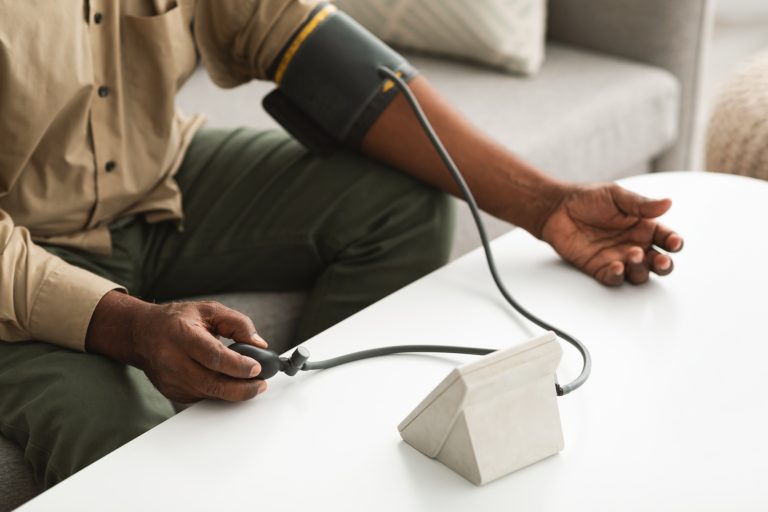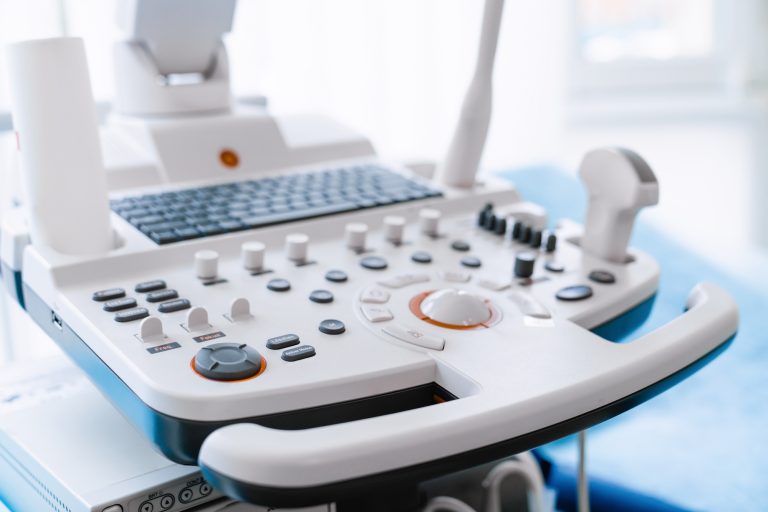Undergoing an MRI can be an intimidating experience, especially for patients who are claustrophobic or unfamiliar with the procedure. The enclosed space, loud noises, and long duration can cause stress, making it difficult to remain still. However, understanding what to expect and using specific coping strategies can make the process more comfortable and manageable.
One of the most effective ways to reduce MRI-related anxiety is mental preparation. Knowing in advance that the scan is painless and does not involve radiation can help ease concerns. Patients should ask their doctor or radiology center about the specifics of the scan, including how long it will take and whether any contrast dye will be used. Familiarity with the process can replace fear with a sense of control.
For those who struggle with claustrophobia, many imaging centers offer open MRI machines. Unlike traditional closed MRI scanners, open MRIs have a wider opening and are less restrictive. Although open MRIs may take longer and sometimes produce slightly lower-resolution images, they provide a much more comfortable alternative for patients who fear enclosed spaces. In cases where an open MRI is not available, mild sedatives can also be prescribed to help patients relax.
Distraction techniques are also highly effective in making the MRI experience more pleasant. Many facilities provide headphones or earplugs to block out the loud noises generated by the machine. Some offer the option to listen to music or guided meditation during the scan. Patients can also use visualization techniques—such as imagining themselves in a peaceful setting—to help pass the time and stay calm.
By taking proactive steps to manage anxiety, patients can undergo their MRI with minimal distress. Open communication with the technologist, relaxation techniques, and alternative MRI options all contribute to a smoother and less stressful imaging experience.






